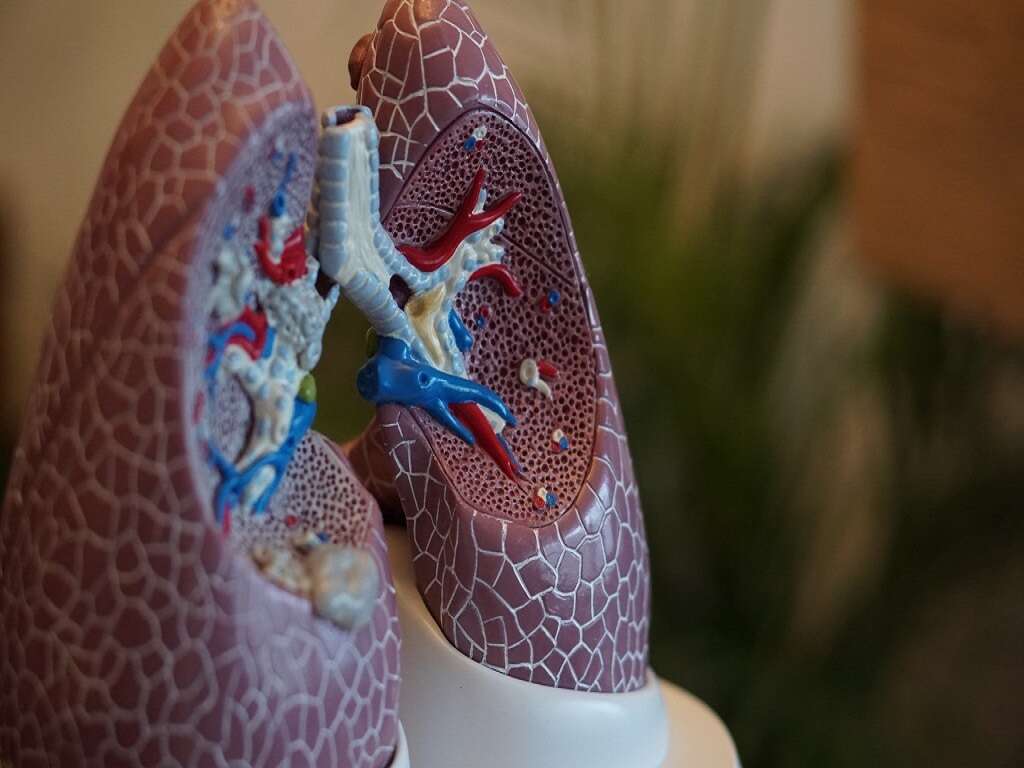10 Atelectasis Symptoms
 Article Sources
Article Sources
- 1. 'Atelectasis.' Johns Hopkins Medicine, www.hopkinsmedicine.org/health/conditions-and-diseases/atelectasis
- 2. 'Atelectasis: Symptoms, Causes, Treatments.' Cleveland Clinic, my.clevelandclinic.org/health/diseases/17699-atelectasis
- 3. 'Tachycardia.' Mayo Clinic, Mayo Foundation for Medical Education and Research, 30 Oct. 2020, www.mayoclinic.org/diseases-conditions/tachycardia/symptoms-causes/syc-20355127
- 4. 'Cough Causes.' Mayo Clinic, Mayo Foundation for Medical Education and Research, 13 June 2020, www.mayoclinic.org/symptoms/cough/basics/causes/sym-20050846
- 5. 'Chest Pain.' Mayo Clinic, Mayo Foundation for Medical Education and Research, 8 Dec. 2017, www.mayoclinic.org/diseases-conditions/chest-pain/symptoms-causes/syc-20370838
- 6. 'Blue Discoloration of the Skin: MedlinePlus Medical Encyclopedia.' MedlinePlus, U.S. National Library of Medicine, medlineplus.gov/ency/article/003215.htm
- 7. 'Wheezing.' Cleveland Clinic, https://my.clevelandclinic.org/health/symptoms/15203-wheezing
- 8. 'Atelectasis.' Mayo Clinic, Mayo Foundation for Medical Education and Research, 5 Sept. 2018, www.mayoclinic.org/diseases-conditions/atelectasis/symptoms-causes/syc-20369684
- 9. 'Surfactant Dysfunction: MedlinePlus Genetics.' MedlinePlus, U.S. National Library of Medicine, 18 Aug. 2020, medlineplus.gov/genetics/condition/surfactant-dysfunction/
- 10. 'Blockage of Upper Airway: MedlinePlus Medical Encyclopedia.' MedlinePlus, U.S. National Library of Medicine, medlineplus.gov/ency/article/000067.htm
Atelectasis is a medical term referring to a collapse in one or more areas of the lungs.1‘Atelectasis.’ Johns Hopkins Medicine, www.hopkinsmedicine.org/health/conditions-and-diseases/atelectasis When a person breathes in, the lungs absorb oxygen through small sacs called alveoli, which transfers oxygen into the bloodstream and the rest of the body.
When alveoli are deflated due to atelectasis, they can no longer expand or function properly. This means the body may not receive enough oxygen, which can have serious health consequences. People with preexisting lung conditions are most at risk for complications. Atelectasis is one of the most common breathing (respiratory) complications after surgery.
Difficulty Breathing
Some people with only a small section of collapsed alveoli may not experience any symptoms with atelectasis. When symptoms do occur, difficulty breathing is common. Since the lungs can't expand as fully as they normally would, less oxygen is absorbed. This can cause rapid, shallow breathing as the body struggles to increase oxygen intake.
Difficulty breathing may also include a feeling of not being able to take a deep breath and, in some cases, a sharp pain or ache may occur when inhaling. Other conditions can also cause difficulty breathing. Asthma and emphysema are two common examples.2‘Atelectasis: Symptoms, Causes, Treatments.’ Cleveland Clinic, my.clevelandclinic.org/health/diseases/17699-atelectasis

Increased Heart Rate
An increased or rapid heart rate can occur in moderate to severe cases of atelectasis. This is also known as tachycardia. Sometimes, an increased heart rate can happen in correlation with faster breathing. Rapid, shallow breathing can potentially lead to an increase in a person's heart rate.
An increased heart rate occurring with atelectasis commonly resolves once the lung has healed. However, it can lead to disrupted heart function and an increased risk of heart-related problems in some people.3‘Tachycardia.’ Mayo Clinic, Mayo Foundation for Medical Education and Research, 30 Oct. 2020, www.mayoclinic.org/diseases-conditions/tachycardia/symptoms-causes/syc-20355127
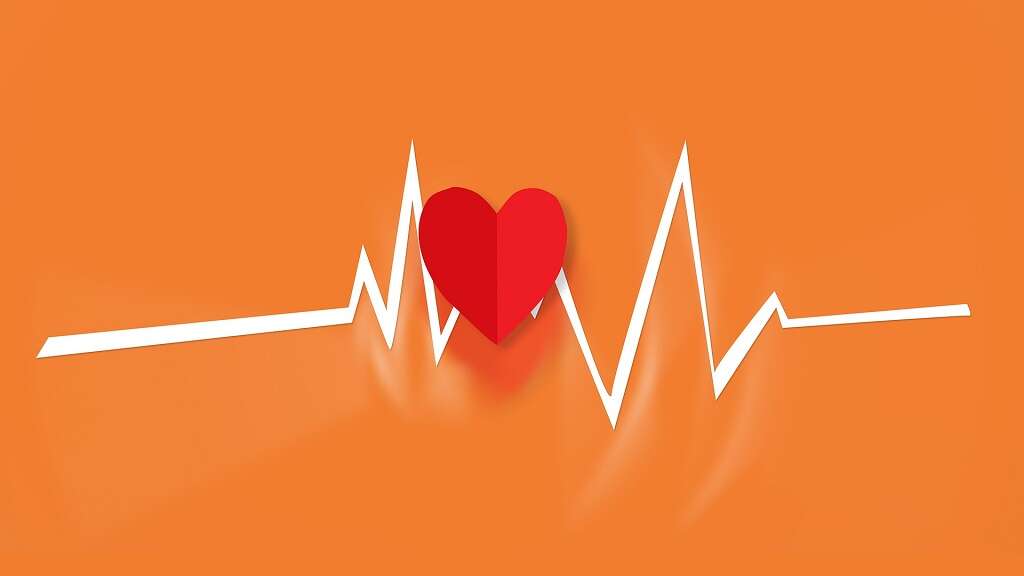
Coughing
Coughing may be a symptom of atelectasis. It's more common when the condition is caused by an airway blockage, but it could potentially happen regardless of the cause of collapse.
Coughing can occur due to many other conditions. Smoking and allergies can cause coughing in certain people. The common cold, flu, whooping cough, pneumonia and problems with the sinuses are other potential culprits. Croup is a common cause of coughing in children.4‘Cough Causes.’ Mayo Clinic, Mayo Foundation for Medical Education and Research, 13 June 2020, www.mayoclinic.org/symptoms/cough/basics/causes/sym-20050846
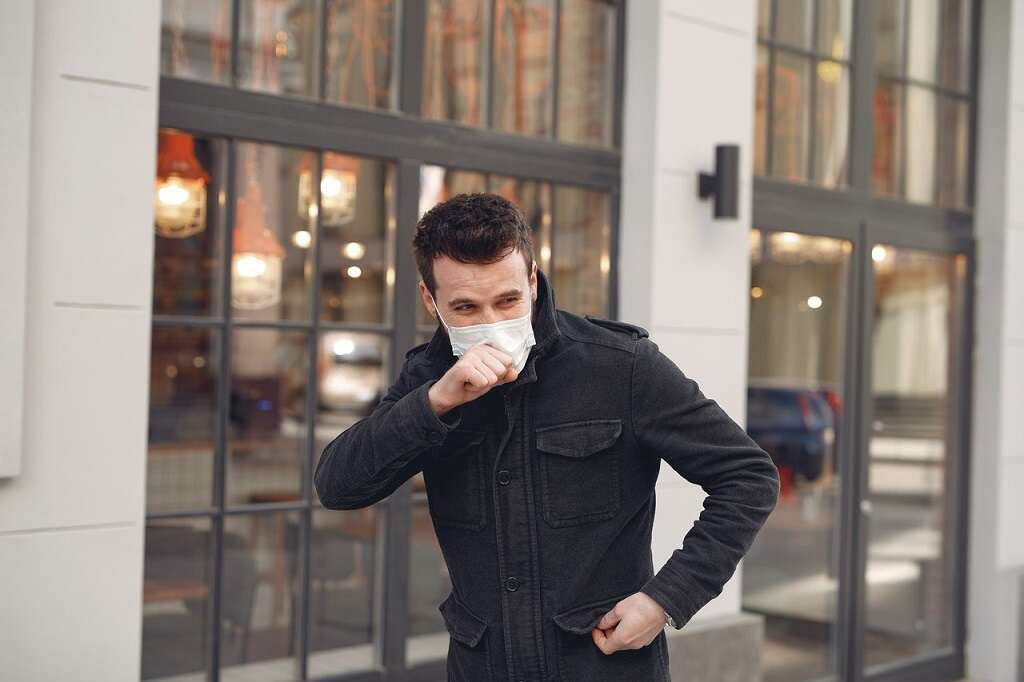
Chest Pain
Some people with atelectasis may experience chest pain. The pain can originate in the collapsed lung itself, or it could also be caused by a lack of adequate oxygen reaching the chest muscles.
Chest pain can have causes other than atelectasis. Pulling a muscle during exercise or heavy lifting may result in chest pain. Other potential reasons for chest pain include acid reflux, heart attack or pulmonary embolism. An injury to the chest, back or ribs could also cause pain in this area.5‘Chest Pain.’ Mayo Clinic, Mayo Foundation for Medical Education and Research, 8 Dec. 2017, www.mayoclinic.org/diseases-conditions/chest-pain/symptoms-causes/syc-20370838
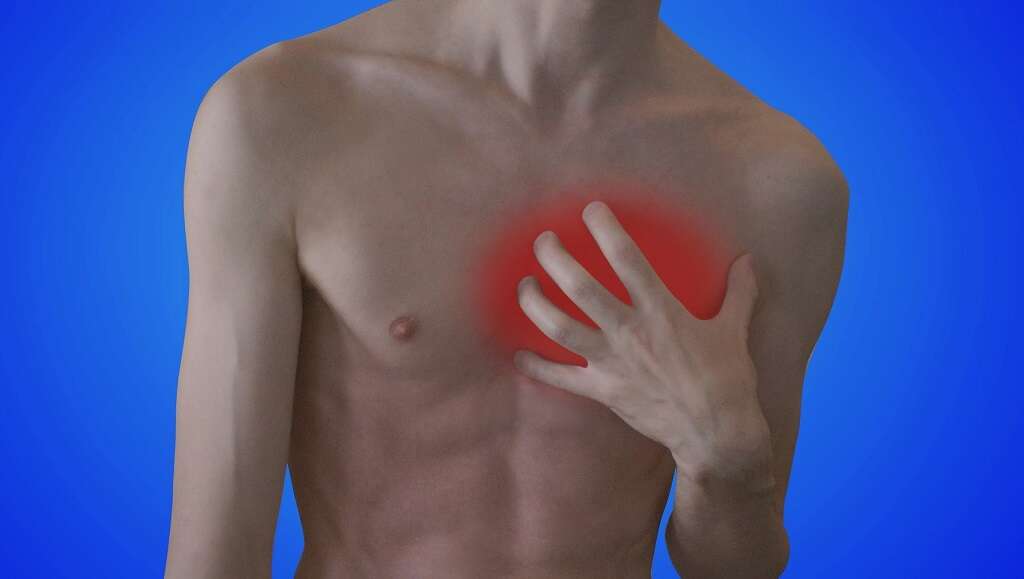
Blue Skin or Lips
Blue skin or lips is a general indicator that a person's body isn't receiving enough oxygen. The medical term for this phenomenon is cyanosis.
Cyanosis can occur because blood lacking adequate oxygen is a bluish-red color. The blood can be seen slightly through the skin, which results in its bluish coloration. When a person's blood carries as much oxygen as it should, it's bright red, which gives the skin a red or pinkish hue.6‘Blue Discoloration of the Skin: MedlinePlus Medical Encyclopedia.’ MedlinePlus, U.S. National Library of Medicine, medlineplus.gov/ency/article/003215.htm

Wheezing
Wheezing can be a symptom of atelectasis. It commonly occurs when the condition is caused by a blockage or inflammation in the airways, but it can happen regardless of the underlying cause.
Wheezing commonly occurs because the airways are tightened, inflamed or blocked. The wheezing noise happens as air tries to travel through these narrowed airways. For some, wheezing may sound like a whistle or squeaking.7‘Wheezing.’ Cleveland Clinic, https://my.clevelandclinic.org/health/symptoms/15203-wheezing Wheezing can also occur due to other conditions, such as asthma.

Airway Blockage
An airway blockage can lead to numerous health problems, including atelectasis. Airways can become blocked for a variety of reasons. A severe allergic reaction can cause an acute blockage. These severe reactions are commonly caused by bee stings, peanuts and certain medications such as antibiotics. 10‘Blockage of Upper Airway: MedlinePlus Medical Encyclopedia.’ MedlinePlus, U.S. National Library of Medicine, medlineplus.gov/ency/article/000067.htm
Airways may become blocked due to foreign objects, although this is more common in children. Epiglottis, smoke inhalation, upper airway infections and throat cancer are other potential causes.

Lungs Can't Fully Expand
A common telling symptom of atelectasis is when the lungs are unable to expand fully. Proper expansion of the lungs may be limited by one or more collapsed alveoli. A doctor may make an educated guess that the lungs aren't fully expanding after using a stethoscope to listen to a person's breathing. However, diagnostic imaging is usually necessary confirm a diagnosis
A few other conditions may cause a decrease in normal lung expansion, such as surfactant dysfunction.9‘Surfactant Dysfunction: MedlinePlus Genetics.’ MedlinePlus, U.S. National Library of Medicine, 18 Aug. 2020, medlineplus.gov/genetics/condition/surfactant-dysfunction/

Diagnostic Scan Shows Lung Collapse
The only way a person can know for sure they have atelectasis is to have diagnostic imaging done. An X-ray of the chest is a common first choice when doctors suspect part of the lung has collapsed.
An X-ray isn't the only type of diagnostic scan that may be done. CT scans and bronchoscopy are also potential options. CT scans can offer more detailed images than X-rays, and a bronchoscopy, which involves inserting a camera into the bronchus, can provide a close-up assessment.
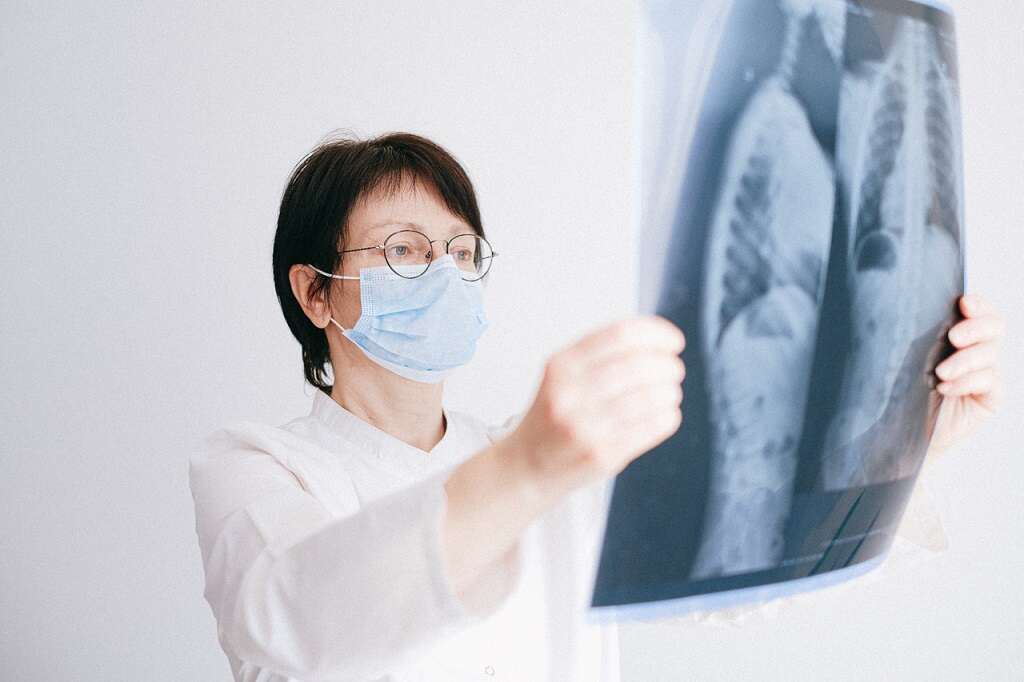
Ruling Out Other Conditions
Atelectasis symptoms can be similar to those of many other conditions. If a person isn't at an increased risk for atelectasis, doctors commonly rule out other potential causes before making a diagnosis. Those who've recently undergone surgery, are older or have a preexisting lung condition may have a higher risk of developing atelectasis.8‘Atelectasis.’ Mayo Clinic, Mayo Foundation for Medical Education and Research, 5 Sept. 2018, www.mayoclinic.org/diseases-conditions/atelectasis/symptoms-causes/syc-20369684
Other conditions to rule out can include asthma, emphysema and chronic obstructive pulmonary disorder. Cystic fibrosis, pleural effusion and heart disease may also be ruled out.
